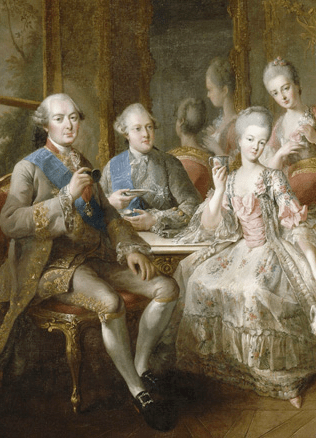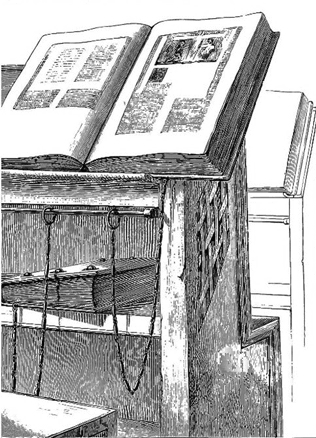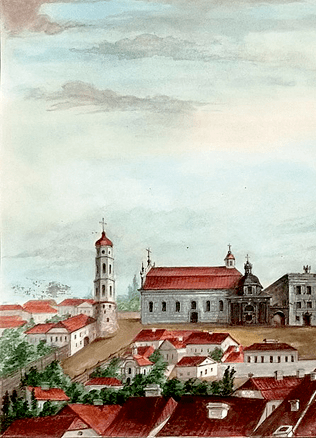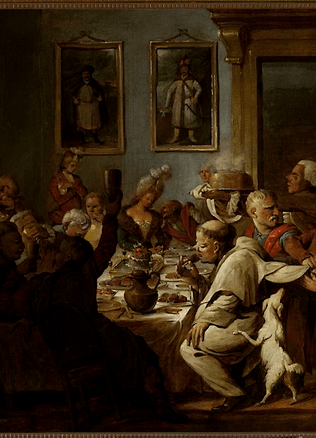Stories of the Royal Mill in Vilnius
The Royal Mill, nonexistent for more than a century, is one of the most exciting objects among all buildings in the territory of the Vilnius Castle. Scientists have very few information about it although they can examine inventories, plan drawings and other surviving sources. The 19th-century plans indicate the location of the Royal Mill. River Vilnia had several channels at that time and the mill stood by one of them. Judging by the drawing, the building of the mill was southwest of the Castle (Gediminas) Hill, next to the place where the today’s Pilies Street joins the Barbora Radvilaitė Street. Contemporary historians localise the mill in the southwestern part of the Sereikiškės Park. Documents feature references to the mill and a mansion in a corner next to it. Judging by the tax lists, the owners of the mill paid huge taxes. According to the 1790 lustration data from Vilnius, the mill earned 8,000 złotys in annual profits, a substantial amount in the context of the city. The mill was a source of sizeable income to both the Vilnius Bishopry Chapter and its tenants.
The royal debt
The earliest information about the Royal Mill comes from the 16th century.
Following the privilege issued by Augustus II, the mill belonged to the St Casimir Chapel of the Vilnius Cathedral. The chapel gained importance among Polish kings and grand dukes of Lithuania during the wars of the 16th and 17th century. Sigismund Augustus borrowed 537 shocks and 46 groats from the St Casimir Chapel in 1563 after the troops of the Grand Duchy of Lithuania regained the control of the Polotsk Castle. John II Casimir Vasa borrowed 27,400 złotys from the chapel for the warfare against Russia. Augustus II received a complaint from the Bishop of Vilnius Konstanty Kazimierz Brzostowski on the 3rd of May 1703 saying that the flood has blocked the channels in the River Vilnia and the basements in the Vilnius Cathedral and the St Casimir Chapel have been inundated by water. The king donated the money received from the mill to the St Casimir Chapel. Augustus III issued the similar privilege too and it remained valid even after the GDL became part of the Russian Empire. The mill was destroyed in 1870. Churchmen preferred to let the mill out instead of managing it themselves.
The misfortunes of the miller
The Royal Mill saw plenty of conflicts.
Johann Christian Riedel, a German baker (!) living in Vilnius, filed a complaint to the Land Court on the 11th of April 1791 stating that he had rented the Royal Mill for six years in 1788 from Mikołaj Tyszkiewicz, the canon of the Vilnius Cathedral and the parson of the St. Casimir Chapel. Riedel had to renovate the mill thoroughly, because it was in poor condition. The tenant restored the stone wall by the river and renovated other stone and wooden buildings – a great deal more than he had to according to the mill renovation contract. In addition to that, he bought 15,000 roof tiles and iron tools. He spent 20,000 złotys of his own and borrowed money for the renovation. He had to pay a considerable interest for the borrowed money. He also had to pay land rent taxes. The canon would send his people to fish every week, and they would lower the water level in the mill pond making milling impossible. They beat up Krysztof Runc, the master miller. Riedel addressed the canon, but Tyszkiewicz threatened to terminate the contract and take the mill from Riedel unless he stops complaining.
The same day the complaint was filed, an officer of the court left a notice about the beaten miller in the book of the land court records of the Vilnius district. It was Riedel who called the officer in and the latter confirmed that the miller was badly injured, especially his right hand which needed to be bandaged. The miller could not move his hand. Witnesses said that the canon’s subjects beat the miller. They first lowered water in the pond and fished there before starting bullying and beating him with fists and a club. They stopped beating him only when the miller’s scribe and other people insisted them to cease, according to Riedel. Apparently, the beating was the last straw that prompted Riedel to address the court bringing a charge against the canon.
The canon’s version
The canon entered his protest to the Land Court of the Vilnius Confederation almost two years later offering a different position. He blamed Riedel in 1793 for breaching the mill rent agreement. According to Tyszkiewicz, Riedel had to pay 7,000 złotys every year, but Tyszkiewicz lowered the rent by 2,500 złotys for three years because the renovation of the mill required substantial investment. Riedel had to repair mill dikes, locks, troughs, dams and other installations. He also had to fix millwheels, the tenth of which was used to make pearl-barley. The tenant also took an obligation to mend the roof of the mill and maintain the great spruce milldam. Tyszkiewicz noted that the canon had had to supply spruce from his own forest of Liubava according to the agreement, but it had been Riedel’s duty to make sure it was delivered and used in the repairs. Riedel did not do that though. Due to his negligence, the repairs have stopped, and the grand milldam have collapsed. The canon of the Vilnius Cathedral had to spend 15,000 złotys to restore it. The tenant left the repairs of the minor milldam unfinished too. At the end of his complaint, Tyszkiewicz noted that the defendant had tarnished him in his manifesto of 1790. This is either a mistake or perhaps Tyszkiewicz referred to a one more complaint that Riedel had filed earlier.
It was impossible to find out how that weird conflict had been settled. Apparently, both sides – especially the canon – were interested in the profitability of the mill. It is likely that both the canon and the baker made mistakes when calculating the expenses which led to the violent argument between them. The canon looks more suspicious, though, because it was his people who acted violently in public. There are more similar stories related to the mill. People expected huge profits from the mill, therefore the competition was fierce.
Domininkas Burba



